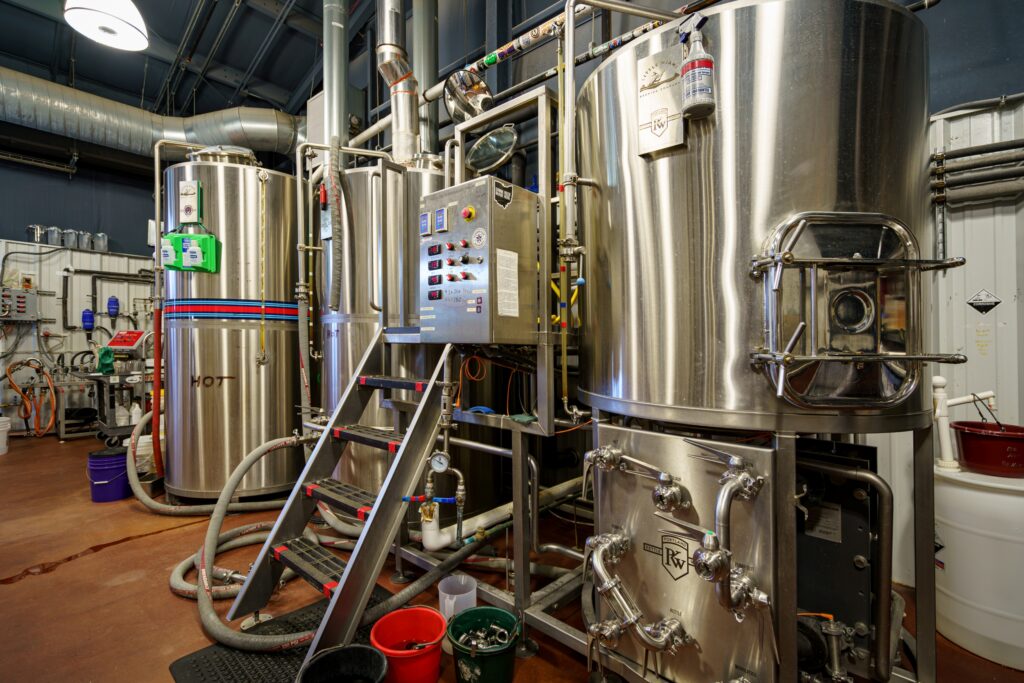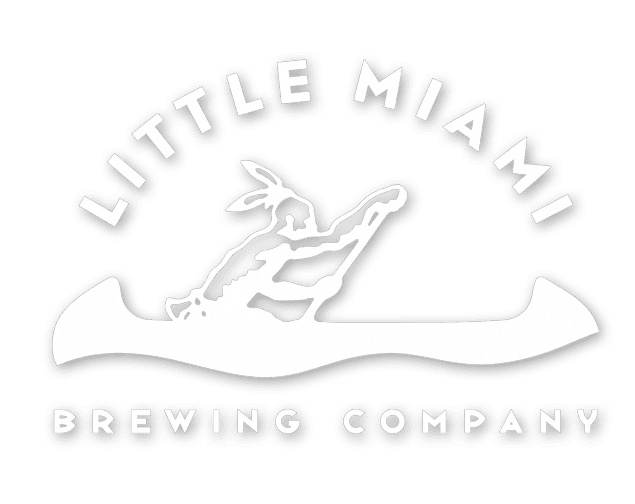The Importance of Water Quality in Brewing: What You Need to Know
Have you ever wondered why the same IPA recipe tastes completely different when brewed in two different cities? We have, and the answer almost always lies in the water. We learned this firsthand while perfecting our own recipes.
While hops and grain get the glory, water quality is the silent force that shapes every pint of craft beer. Since it makes up over 90 percent of your glass, its impact on taste and texture is not just important; it is everything. Understanding this is the first step toward appreciating the true art of the brewing process.
In this blog, we will walk you through water chemistry, the role it plays in the brewing process, and water filtration techniques for brewers.
Water’s Role in the Brewing Process
We have a saying in our brewhouse: water is the first ingredient we add and the last one we think about. We think about it all the time. It’s there from the very start, waking up the milled grain in the mash and gently coaxing out those sweet sugars. This is where the real magic of the brewing process begins for us. That same water rinses the grains to extract every bit of flavor. We can’t stand the idea of leaving any goodness behind.
But its workday is far from over. It becomes the foundation for our boil, carrying the soul of our hop additions. Later, after the yeast has done its thing, that same water is our most important cleaning tool. We scrub every tank until it shines, because the water quality in this final step matters just as much as the first. It’s the unsung workhorse that flows through everything we do, and a little part of our local water ends up in every single sip of your craft beer. It’s the one ingredient that’s with us from start to finish.
The Science of Water Chemistry and Flavor

We like to think of our water as a blank canvas. The minerals we find in it, or sometimes add, are the paints we use to create different flavors. It’s a subtle art, but it’s also the secret to how water chemistry affects craft beer flavor. Think of it like seasoning a soup. A little calcium makes for a clean, crisp finish. Sulfates can make an IPA’s hops pop with a bright, sharp bitterness. Chlorides, on the other hand, give hazy IPAs that soft, juicy mouthfeel we all love.
It’s humbling to remember that the world’s classic beer styles were shaped by local water. The brewers in Pilsen did not choose to make crisp lagers; their soft water demanded it. We are just continuing that conversation today, listening to what our water tells us and learning how to help it express the best version of every beer we brew.
Common Water Issues and Their Impact on Beer
We had a batch a few years back that just tasted… mean. The hops were harsh, the finish was rough, and we couldn’t figure out why. We blamed the grain bill, the yeast, everything. Finally, our head brewer tested the water, and sure enough, a seasonal shift had thrown our mineral levels completely off balance. That one batch taught us more about water quality than any textbook ever could.
It’s crazy how the smallest thing in your water can wreck a beer. Chlorine from the tap can leave a Band-Aid taste. Too much of certain minerals can turn a smooth IPA into a bitter mess. We learned you can’t make great craft beer if you ignore your water. Now, checking our water is the first thing we do every single time. It’s not the fun part of brewing, but it’s what lets us sleep at night knowing the beer we’re serving you is exactly what we meant it to be.
Water Treatment and Filtration Techniques for Brewers

We run every drop of our water through a carbon filter. It is the first thing we do, and it is non-negotiable. That strips away chlorine and other compounds that could give our beer a harsh, medicinal taste. For us, this is one of the best water treatment methods for breweries, a foundational step to ensure a clean slate. From there, it is about building a profile.
Some breweries use reverse osmosis systems to strip water completely bare, then build their mineral profile from scratch. We take a different approach, working with our local water’s character and gently guiding it where it needs to go. We might add gypsum to accentuate hop bitterness in an IPA or some calcium chloride to enhance malt sweetness in a stout. It is not about forcing the water, but about collaborating with it to make sure every craft beer we brew is the best version of itself.
Case Studies: How Brewers Tailor Water for Signature Styles
We love the story of IPA. It is said that the brewers in Burton-on-Trent, England, did not know their water was special. They just made beer. But their water was packed with gypsum, and that mineral made the hops shine in a way that created a whole new style. It is a perfect example of the importance of mineral balance in the brewing process, even if it happened by accident.
We know our local water has its own personality. So when we want a crisp IPA, we might nudge our water in one direction. When we are brewing a smooth stout, we nudge it another way. It is not magic, it is just listening. We are having a conversation between our ingredients, and making sure the water, the silent partner, is saying the right thing to make a better craft beer for you.
Perfecting Your Pint with the Right Water
The water profile in beer plays a crucial role in the final character. Throughout the entire brewing process, from mash to fermenter, water supports body, hop expression, and mouthfeel. Getting the water chemistry right is necessary for a good beer.
We hope the next time you lift a glass, you will think about the quiet workhorse that made it all possible. That perfectly balanced malt character, that bright hop finish, it all starts there.
We would love to share that journey with you. Stop by the brewery, try what is on tap, and let us tell you the story behind the water in your glass.
